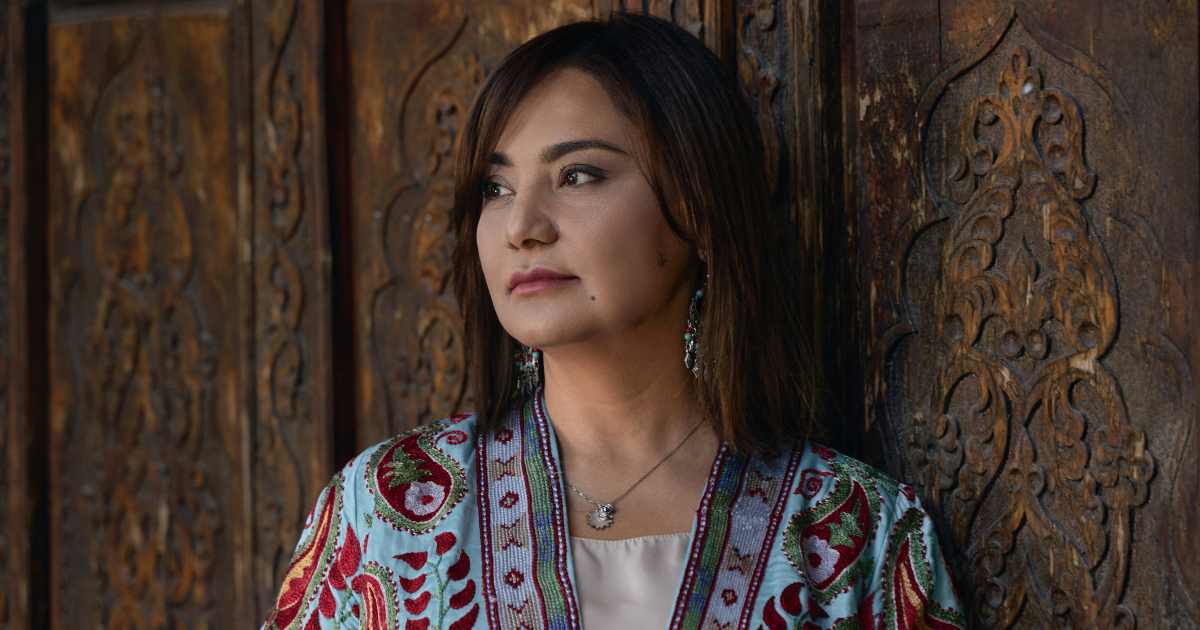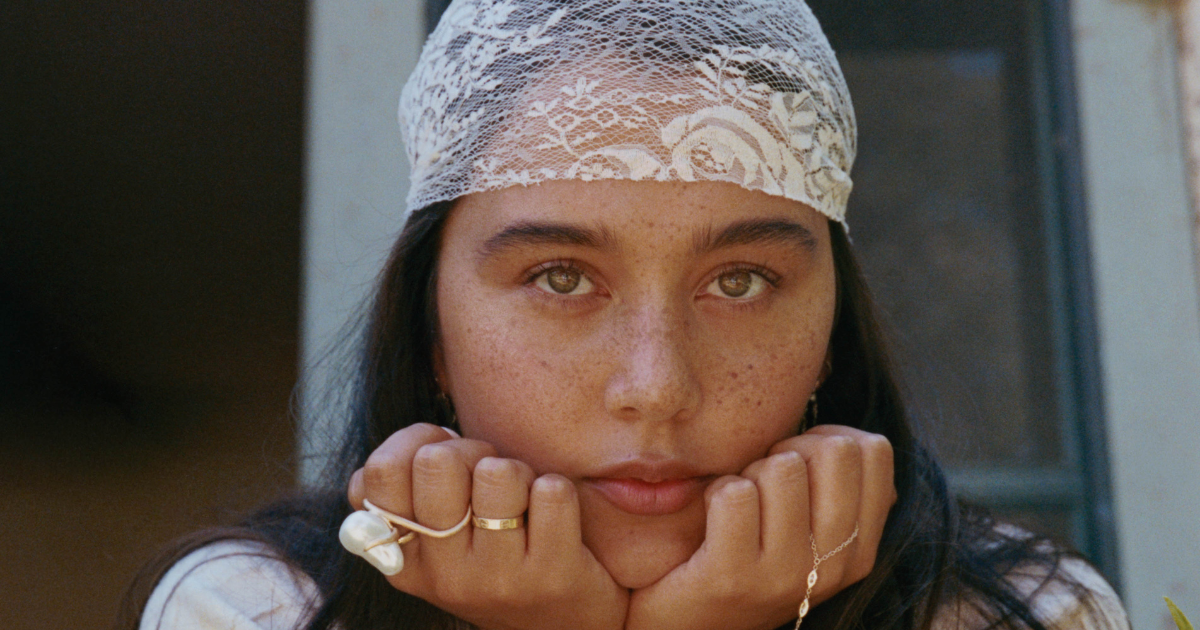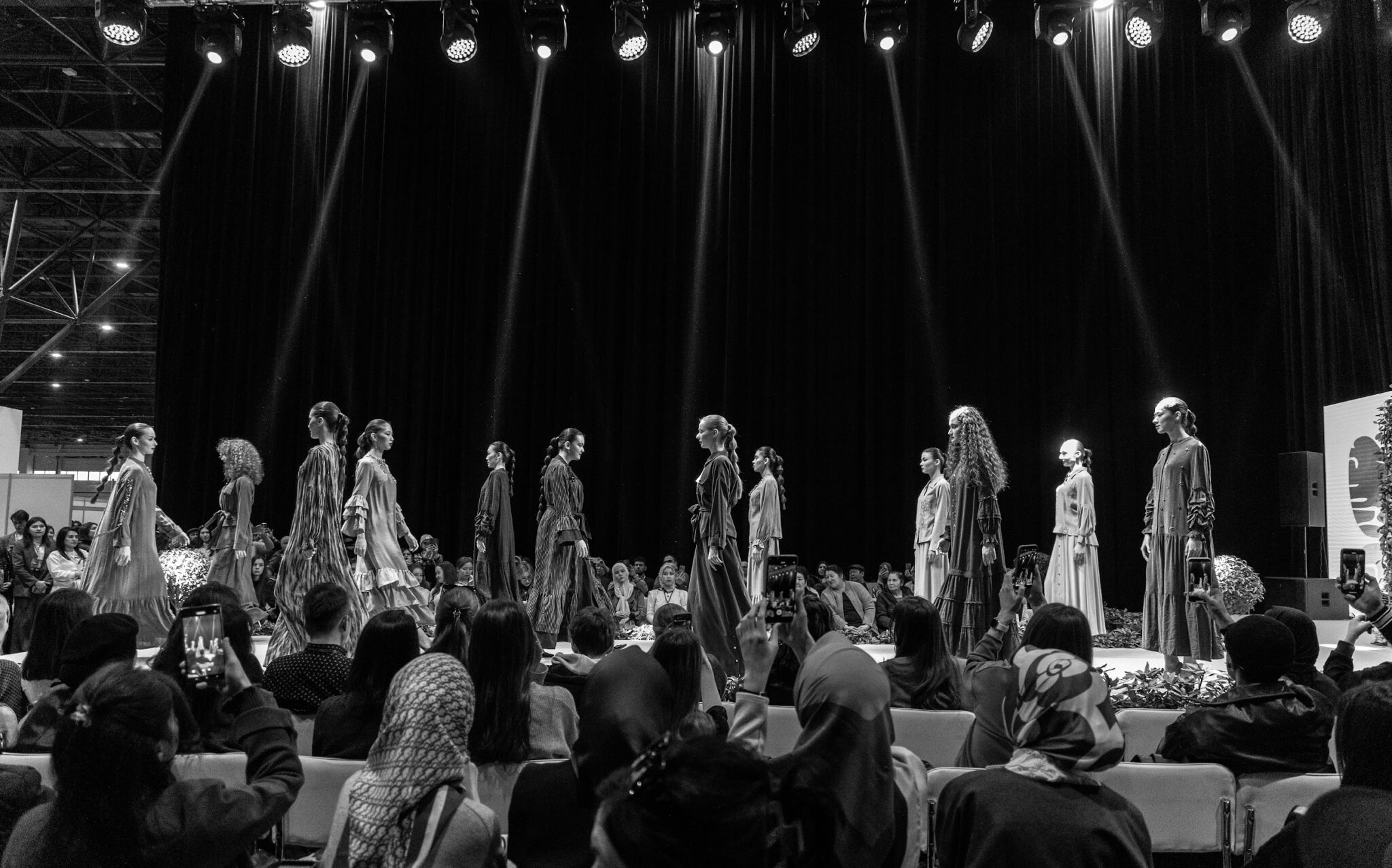Andrea Zuckermann:
How a Mexican model and activist turned trauma into a platform to speak about inclusion, the body, beauty, and the courage to be herself
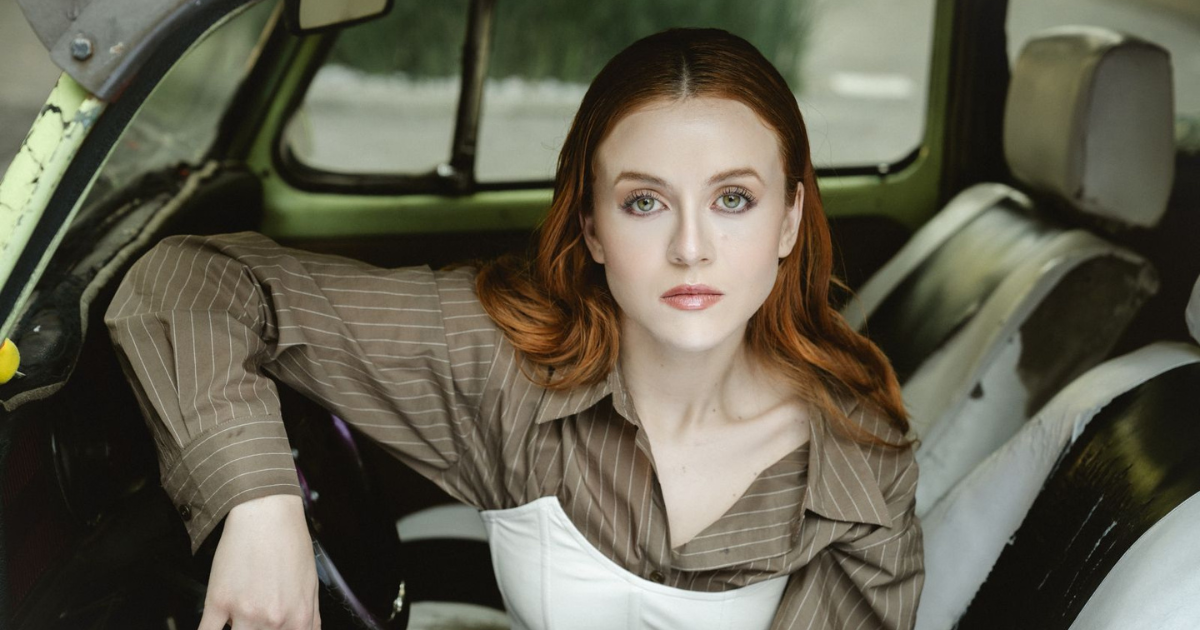
Andrea Zuckermann (Zucki) is a Mexico City–born creative whose journey bridges sport, design, and advocacy. With a childhood shaped by intense athletic dedication—including fourteen years of gymnastics—Zuckermann also nurtured a deep appreciation for music, literature, and the visual arts. She studied Industrial Design at Universidad Iberoamericana, later continuing her education with postgraduate programs at Central Saint Martins in London and the Marangoni Institute in Paris. In 2020, a life-altering accident left her paralyzed, but it did not deter her path. Signing with Queta Rojas, one of Mexico’s leading modeling agencies, she became a visible advocate for disability representation. Today, she speaks on topics such as inclusion, self-love, and universal architecture—championing environments accessible to all, regardless of ability.
Your story bridges so many worlds — from sports to design to advocacy. Looking back, how do you think your years as an athlete shaped your approach to life today?
Even though I struggle now with the consistency I once had, sport taught me the power of falling and getting back up. As a gymnast, you learn to fall constantly — and that it’s not just about the fall, but how you land. That mindset has stayed with me. Every time you fall, you learn something. And every lesson brings you closer to whatever it is you’re chasing.
What drew you to Industrial Design originally, and how has your understanding of design evolved through your experiences in London, Paris, and now in your work as an advocate?
Honestly, I’ve always loved design and art as a whole. I still believe it’s too much to ask someone at 18 to choose something so defining, but I chose Industrial Design because it felt broad and full of possibility. Through it, I’ve come to realise how often disability is left out of conversations in the industries that shape our world — design, architecture, fashion. So when I do go back into design, I want it to be meaningful. Purposeful.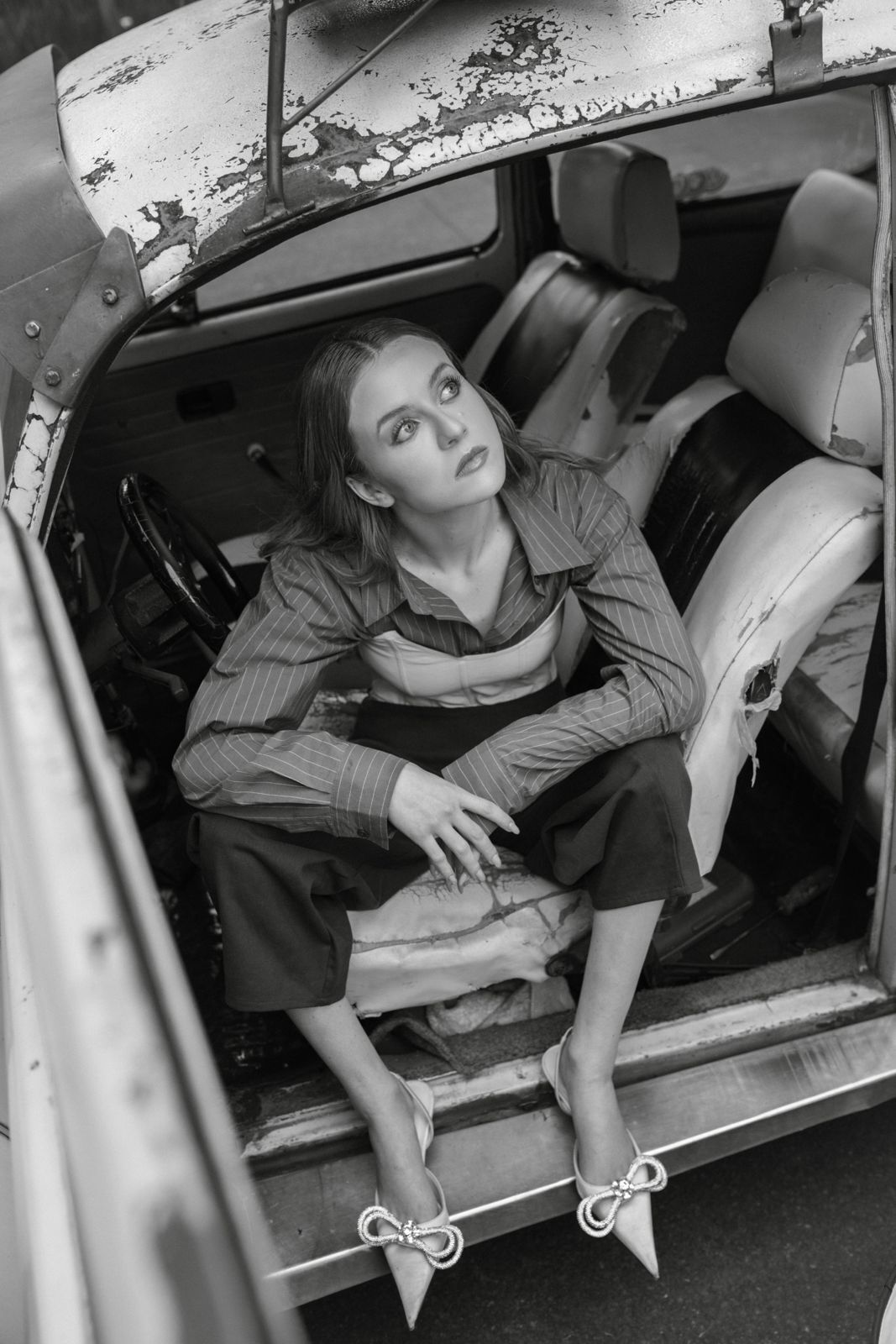
After your accident, you transitioned into modelling and public speaking — fields that demand visibility and voice. What gave you the courage to step into these new arenas so soon after such a life-changing event?
I wanted to work in something I loved, but that also created an impact beyond just my own survival. Fashion — my biggest passion — felt like the right place to start, especially since disability is so rarely represented there. Then a friend invited me to speak at a school for Visibility Day. I was really nervous, but I said yes because I wanted to educate young girls about this world I’d just entered — a world I’ve come to love. In the end, I loved the experience.
You’re a strong voice for disability representation in fashion and media. In your view, what is still missing in the conversation about inclusion — and what progress have you seen?
Sadly, almost everything is still missing. We’re still not part of the design conversation. We’re still rarely cast in major campaigns or shows — even though there’s so much talent. Disabled stories in film are often shaped by discriminatory narratives, usually written by non-disabled people who don’t understand our lives. Most events aren’t even accessible. But we’re here, doing the best we can with what we have — fighting now so future disabled creatives won’t have to fight as hard.
Universal architecture is one of your passions. Could you share your vision of how design can better serve people of all abilities? Maybe a project or example that particularly inspires you?
My vision is beautiful, functional spaces for everyone. Why does medical equipment — something many of us live with every day — have to look so clinical and cold? I want homes and public spaces where accessibility doesn’t mean "ugly." Accessibility only looks like an afterthought when it is an afterthought. A twig is not a ramp.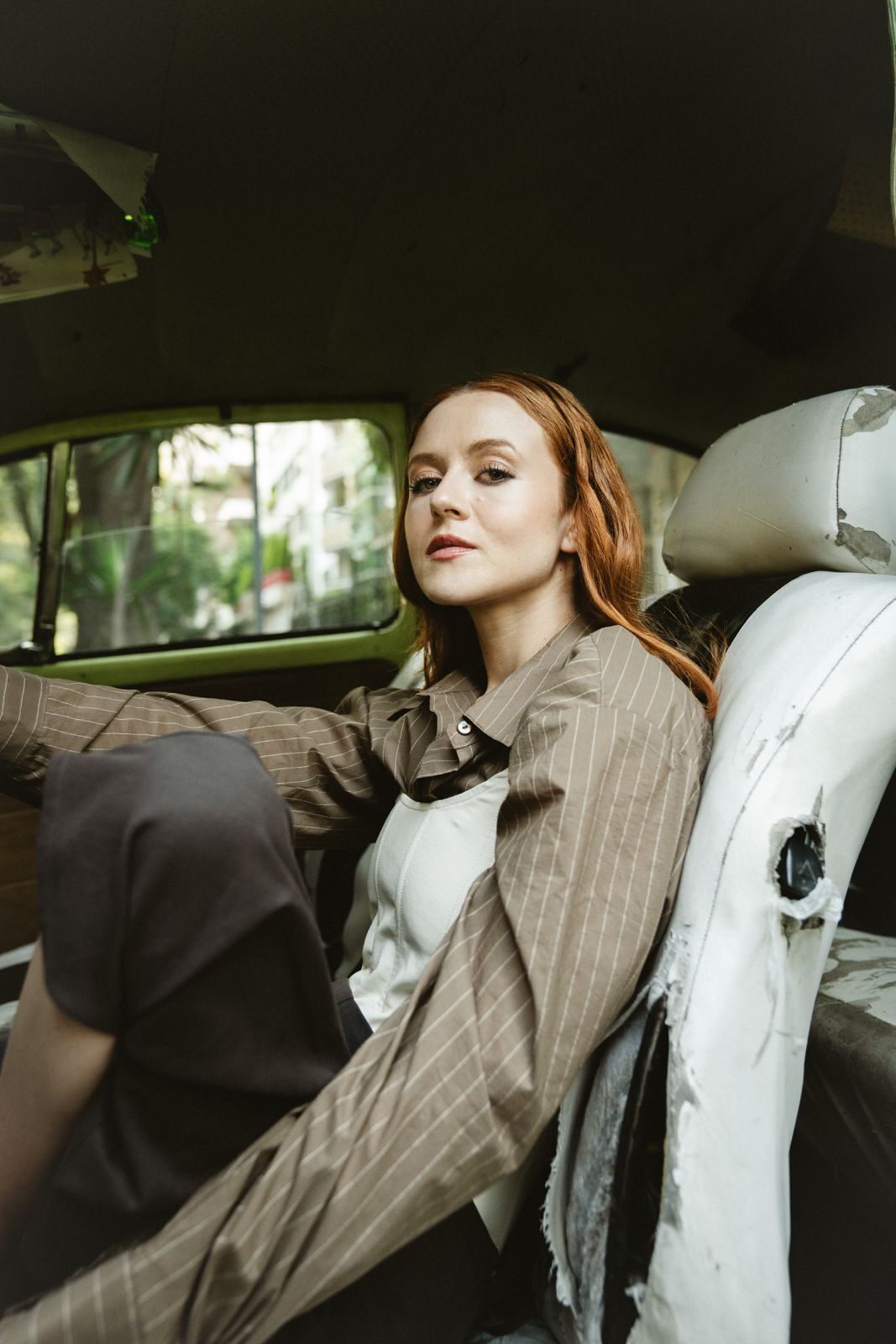
In your talks, you touch on self-love and individual mortality — powerful and vulnerable subjects. How did these become central themes for you, and how do audiences typically respond?
We need more honest conversations. The more we let others — especially men — define our beauty, or avoid topics like disability rights, grief, or abortion, the more we give power to shame and silence. Talking about self-love and mortality makes people feel seen. We’re all going through things — why not name them, talk about them, and grow through them?
You’ve lived in Mexico City, London, and Paris — three very different cultural environments. How has each place influenced your view of fashion, culture, and accessibility?
London is my favourite — it’s honest and wild when it comes to fashion. Paris is the most beautiful expression of natural elegance, a place where you enhance rather than hide who you are. And Mexico City is home. It’s colour, art, flavour. All of that deeply shapes how I see fashion and identity.
Modelling often revolves around ideals of beauty. How do you personally define beauty today — and how has your own perspective on beauty transformed through your journey?
Beauty is being your most authentic self. For me, it’s also about learning to respect your body — figuring out what shapes, colours, and styles make you feel powerful. It’s not about wanting someone else’s nose or lips. It’s understanding that your ideal is you.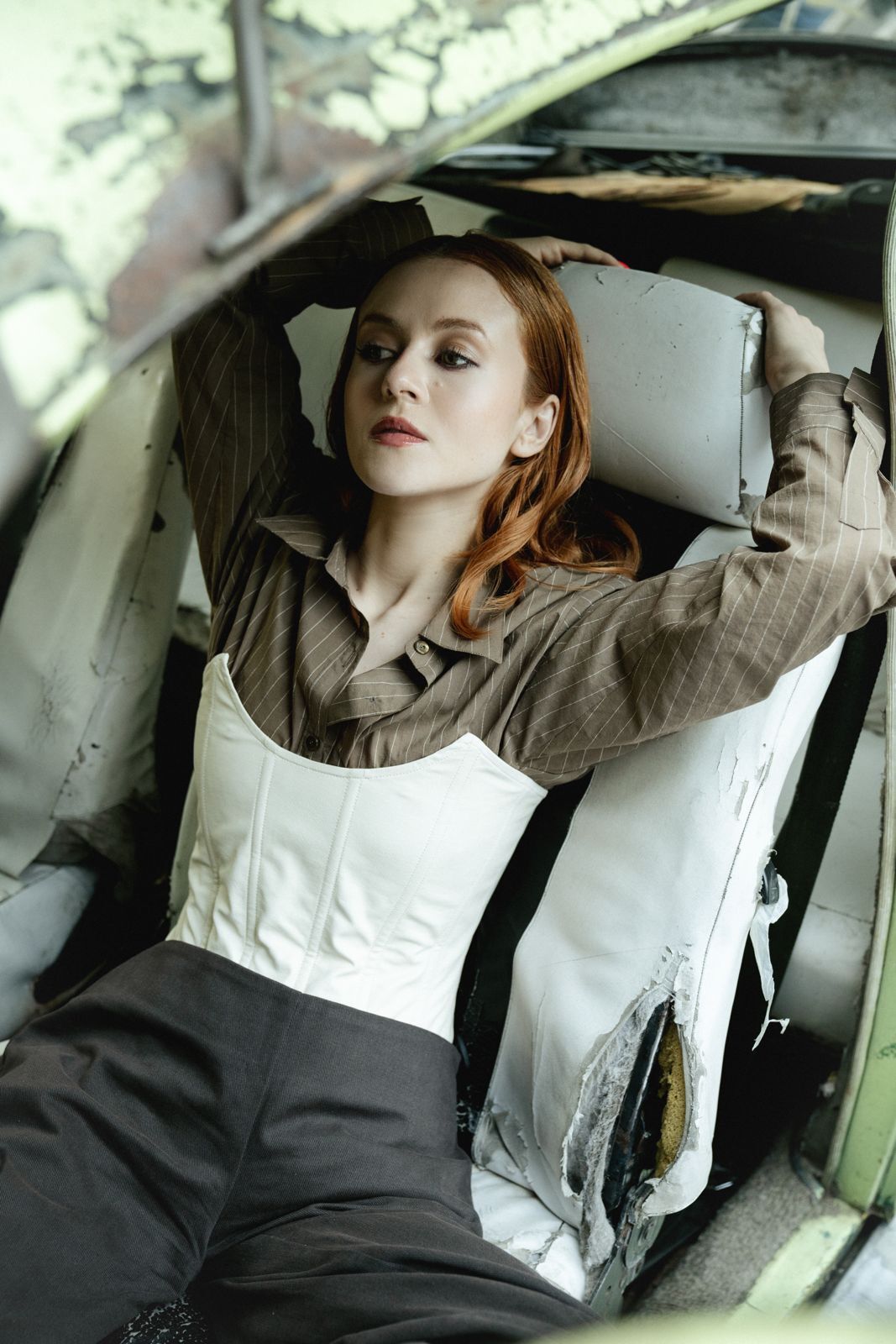
What is one misconception about life with a disability that you wish more people would understand and move beyond?
That my disability is the most interesting or defining thing about me. It’s not. I am so much more than my wheelchair. Move past it.
How has your relationship with your own body changed — both as an athlete in the past, and now as a model and public speaker advocating for body diversity?
I’ve learned not to stress about things I can’t change. And if I can change something, I try to do it in a healthy way. But just because something can be changed doesn’t mean it should be.
You’ve spoken about your love for music, literature, and visual arts. Are there any artists, books, or pieces of music that have especially inspired you during your journey — especially in moments of resilience or transformation?
I love this question. Art gives life. Music heals the heart — it lets you cry, dance, feel. Literature shakes something inside you; it lets you live in other people’s bodies, teaches you empathy, opens cultures. Visual art can be anything — it can make you realise you need to dump your shitty boyfriend or chase a dream you didn’t know you had. It’s magic.
You’ve already achieved so much, and your story continues to inspire many. If you could leave one message for young women — whether they face visible or invisible challenges — what would you most want them to hear?
Find what makes your soul happy and do it. Take care of yourself. And remember — peace is more important than happiness. Happiness comes and goes. But peace? Peace is weather you can live with, even when you’re sad or angry. It reminds you that this too shall pass.
Photo: Mayra Carreño
